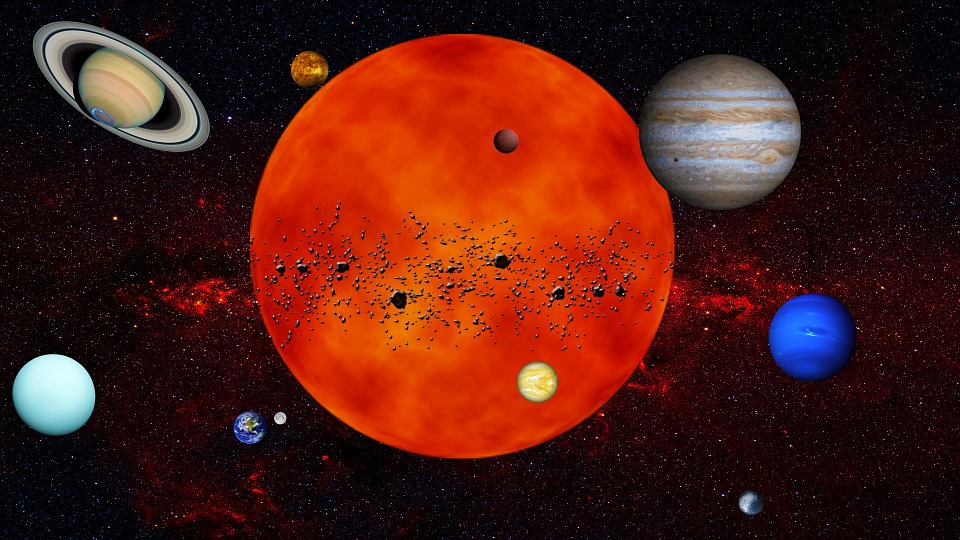
Crater ponds are small water bodies that form within volcanic craters. These ponds are unique and often host diverse ecosystems, making them of interest to scientists studying aquatic ecology, geology, and limnology. Despite their significance, studying crater ponds comes with a unique set of challenges that researchers must navigate. This article will discuss some of the challenges associated with studying crater ponds and their associated ecosystems.
Inaccessibility and remoteness
One of the significant challenges associated with studying crater ponds is their inaccessibility and remoteness. Most of these ponds are located in remote volcanic areas, making them difficult to access. Researchers may need to travel long distances and hike through rugged terrain to reach these ponds, which can be physically demanding and time-consuming. Additionally, due to their location, the weather can be harsh and unpredictable, making it challenging to conduct fieldwork.
Small size
Crater ponds are often small in size, ranging from a few meters to a few kilometers in diameter. The small size of these ponds makes it challenging to study their physical, chemical, and biological properties. Traditional limnological methods such as water sampling, sediment collection, and plankton netting may not be appropriate for such small water bodies. Furthermore, the small size of the ponds limits the scope of research, making it difficult to generalize findings to larger aquatic ecosystems.
Extreme conditions
Crater ponds are often subjected to extreme environmental conditions due to their location within volcanic craters. These ponds may experience high temperatures, low pH, and high levels of sulfuric acid. Such conditions may limit the diversity and abundance of aquatic life in the pond, making it challenging to study their ecological properties. Additionally, these extreme conditions may affect the chemical and physical properties of the water, making it challenging to obtain accurate measurements.
Short lifespan
Crater ponds are often short-lived, lasting only a few decades to a few centuries before drying up or being buried by volcanic debris. The short lifespan of these ponds limits the time available for studying their physical, chemical, and biological properties. Long-term ecological studies require several decades to centuries of data, making it challenging to obtain sufficient data from crater ponds.
Limited research
Crater ponds are relatively understudied compared to other aquatic ecosystems such as lakes and rivers. The limited research on these ponds makes it challenging to develop a comprehensive understanding of their physical, chemical, and biological properties. Furthermore, the limited research means that researchers often lack a baseline for comparison, making it difficult to determine the effects of human activities or environmental changes on these ecosystems.
Cultural significance
Crater ponds often have cultural significance for local communities. These ponds may be considered sacred or have traditional uses, such as fishing or irrigation. Researchers must respect the cultural significance of these ponds and work with local communities to conduct their studies. Failure to do so may lead to conflict and hinder research efforts.
Lack of infrastructure
Crater ponds are often located in remote areas with limited infrastructure, making it challenging to conduct fieldwork. The lack of infrastructure may make it difficult to transport equipment and supplies to the field site, limiting the scope of research. Additionally, the lack of infrastructure may limit the availability of resources such as electricity and water, making it challenging to conduct research in the field.
Data management
Crater ponds are often studied by multiple researchers, each collecting their data. The data collected may vary in format and quality, making it challenging to integrate the data into a single dataset. Furthermore, the limited research on these ponds means that there may be a lack of standardization in data collection methods, making it challenging to compare data collected by different researchers.
In conclusion, studying crater ponds and their associated ecosystems presents a unique set of challenges. These challenges include inaccessibility and remoteness, small size, extreme conditions, short lifespan, limited research, cultural significance, lack of infrastructure, and data management. Overcoming these challenges requires innovative and adaptive research methods, collaboration between researchers, and engagement with local communities. By addressing these challenges, researchers can develop a better understanding of crater ponds and their associated ecosystems, contributing to our knowledge of aquatic ecology, geology, and limnology. This knowledge can inform conservation efforts and help preserve these unique and valuable ecosystems for future generations.







